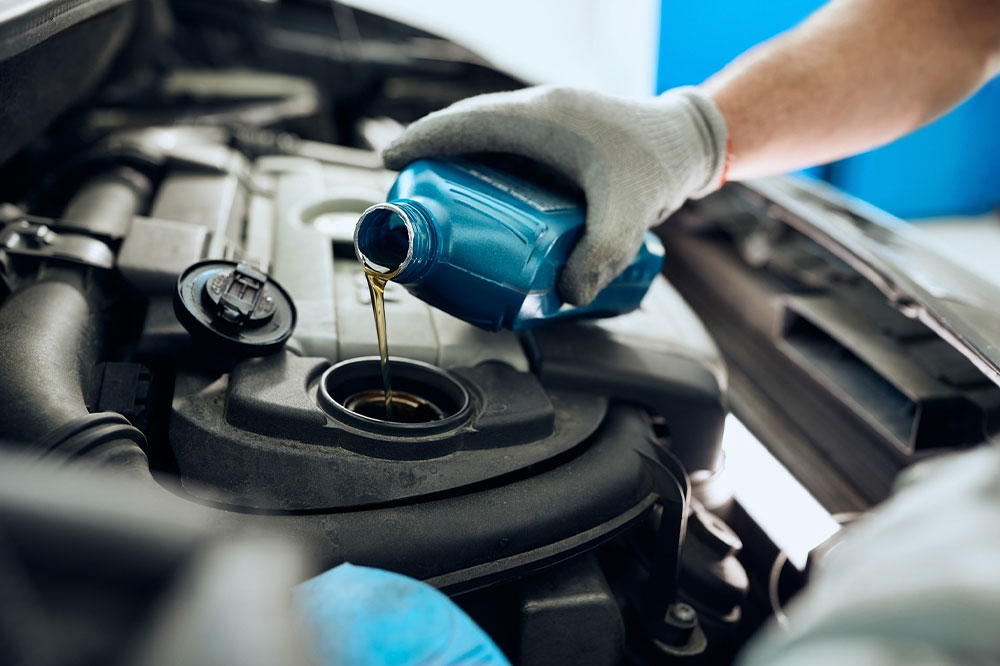6 mistakes to avoid when replacing engine oil

A lot of people enjoy doing their car maintenance, but it’s important to know which tasks are safe to do without professional training. Changing windshield wipers is a simple task that beginners can handle, but other tasks may require more experience or a trained eye. One such activity is changing your engine oil. If you are planning on changing your car’s engine oil yourself, watch out for these five common rookie mistakes:
Using the wrong oil
Using oil with the wrong viscosity is a common mistake people make when changing their engine oil. The oil you choose should be suitable for the season, as well as for your engine. If you are unsure about which oil to choose for your car and how often you need to change it, speak to a professional mechanic.
Not putting the oil filter on properly
Another frequently overlooked part during an oil change is placing the oil filter correctly. The oil filter keeps the oil clean and must be replaced with every oil change. When placing the filter, ensure it is properly screwed on to avoid any leakages. Use an oil wrench to give it a quarter twist so it rests securely. Over-tightening the lid may also damage the threading, which may cause oil leaks.
Leaving the O-ring behind
When changing your oil and oil filter, it is also important to get a new O-ring. The O-ring is sold with the filter and sits right on top to create a stronger seal. However, it tends to wear away or break quickly, so keep an eye out. When changing the O-ring, wet it with some oil before tightening it. This helps provide lubrication so it doesn’t break during the tightening process.
Over/underfilling your oil
Once you have drained the oil and changed the filter, it is time to refill your oil tank with fresh oil. When doing so, it is important to fill the tank with the right amount. Underfilling the oil tank can cause friction and damage to the internal parts of your vehicle due to insufficient lubrication. On the other hand, over-filling the tank can cause the oil to foam up and reduce the amount of hydraulic pressure. It can also put too much pressure on the PCT system, causing leakages in the engine seal and gasket.
Forgetting to tighten the oil drain plug
Before reinstalling the drain plug, be sure to inspect the washer. Although most cars today have reusable plugs, they need to be checked for damages and replaced accordingly. Reinstall the drain plug and tighten it according to the manufacturer’s instructions for your car. Leaving it loose may damage the oil pan, whereas over-tightening may cause problems the next time you try to replace the oil in your car.
Not keeping track of your car’s mileage
Create a record of the mileage since your last oil change. This will help you track how often you should change your car’s oil, as changing it too soon or too late can potentially damage the engine.



